|
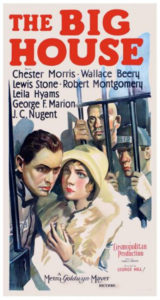
Synopsis:
A man (Robert Montgomery) in prison for manslaughter is bunked with a petty thief (Chester Morris) and a burly inmate (Wallace Beery) who dreams of escape. During a brief stint on the lam, Morris falls for Montgomery’s sister (Leila Hyams) — but when he’s caught and re-sentenced, he returns to the impossible decision of whether to support his fellow inmates in a prison break or stay clean.
|
|
Genres, Themes, Actors, and Directors:
- Fugitives
- Prisoners
- Robert Montgomery Films
- Wallace Beery Films
Review:
Peary doesn’t review this early prison drama in his GFTFF, but he names Wallace Beery Best Actor of the Year in his Alternate Oscars, where he discusses the Oscar-nominated film briefly. Peary notes that Beery arguably “stole the picture, providing it with its one characterization that broke from stereotypical portrayals of convicts” (though I’m not sure I agree with this, given that Morris’s character is pretty unconventional, and there are several quirky inmates lurking around the periphery of the story). Peary writes that while Beery’s “Butch is a dangerous brute”, we “pity him, even find him lovable because he doesn’t know any better”. He “looks almost comical” with his shaved head, and “when he jokes around or boasts of love conquests… he’s a good guy, a pal. But he doesn’t know how to control his violent nature”, and you “don’t want to let him out on the streets.”
While I think second-billed Beery does a fine and memorable job in his role, the choice of naming him Best Actor seems like an unusual one, given that he’s ultimately a supporting character to the lead (Morris) — who himself takes over the protagonist’s role from Montgomery. (Indeed, this shifting of perspectives from Montgomery’s snivelly whiner to Morris’s noble do-gooder is an interesting and successful narrative choice.) The entire film is well-directed, with many scenes reminiscent of later prison flick tropes (objects exchanging hands under tables; deals being made on the yard); the static shot in the basement hallway of The Hole is an especially haunting one, effectively conveying both the deep isolation and inextricable connectedness of men behind bars. This one remains worth a look.
Redeeming Qualities and Moments:
- Fine performances by the three leads
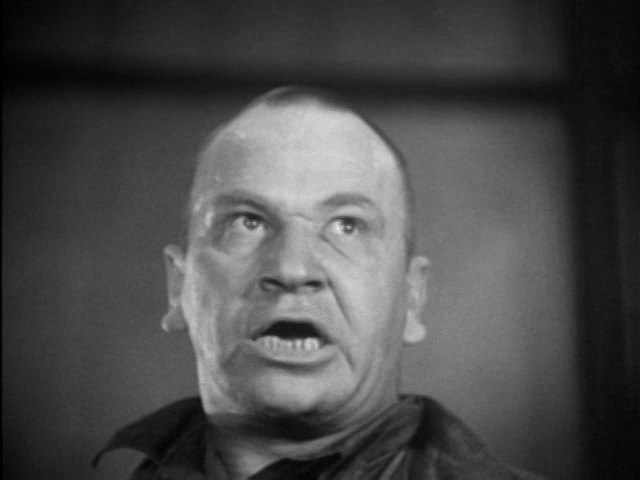

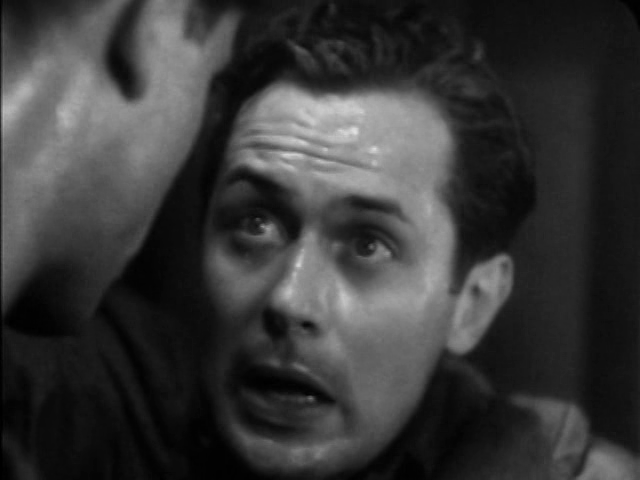
- Atmospheric cinematography and direction


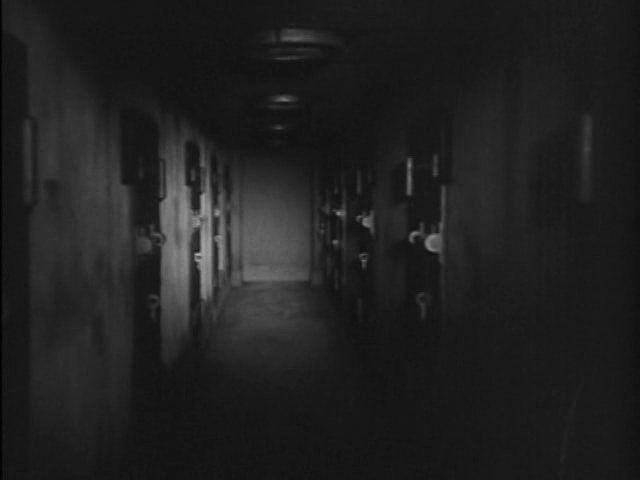
- The exciting final jail-break sequence
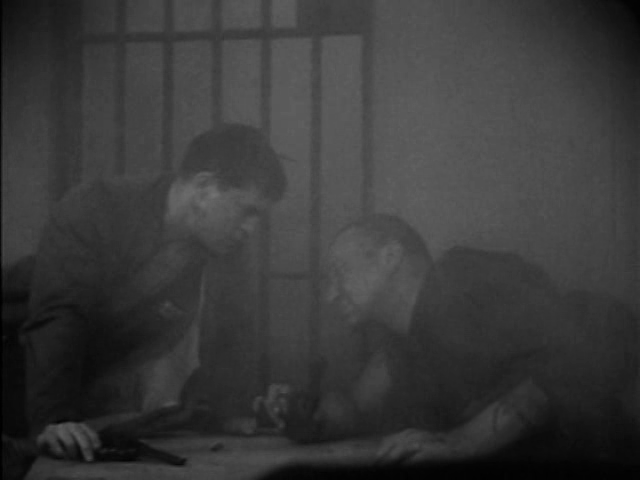
Must See?
Yes, as a solid and historically relevant early prison flick. Listed as a film with Historical Relevance and a Personal Recommendation in the back of Peary’s book.
Categories
- Good Show
- Historically Relevant
Links:
|
One thought on “Big House, The (1930)”
First viewing – a once-must for its place in cinema history and the performances by the three leads.
A simple, economic, straightforward prison drama. It moves quickly, maintains interest and the extended, detailed prison break sequence at the end is impressive.